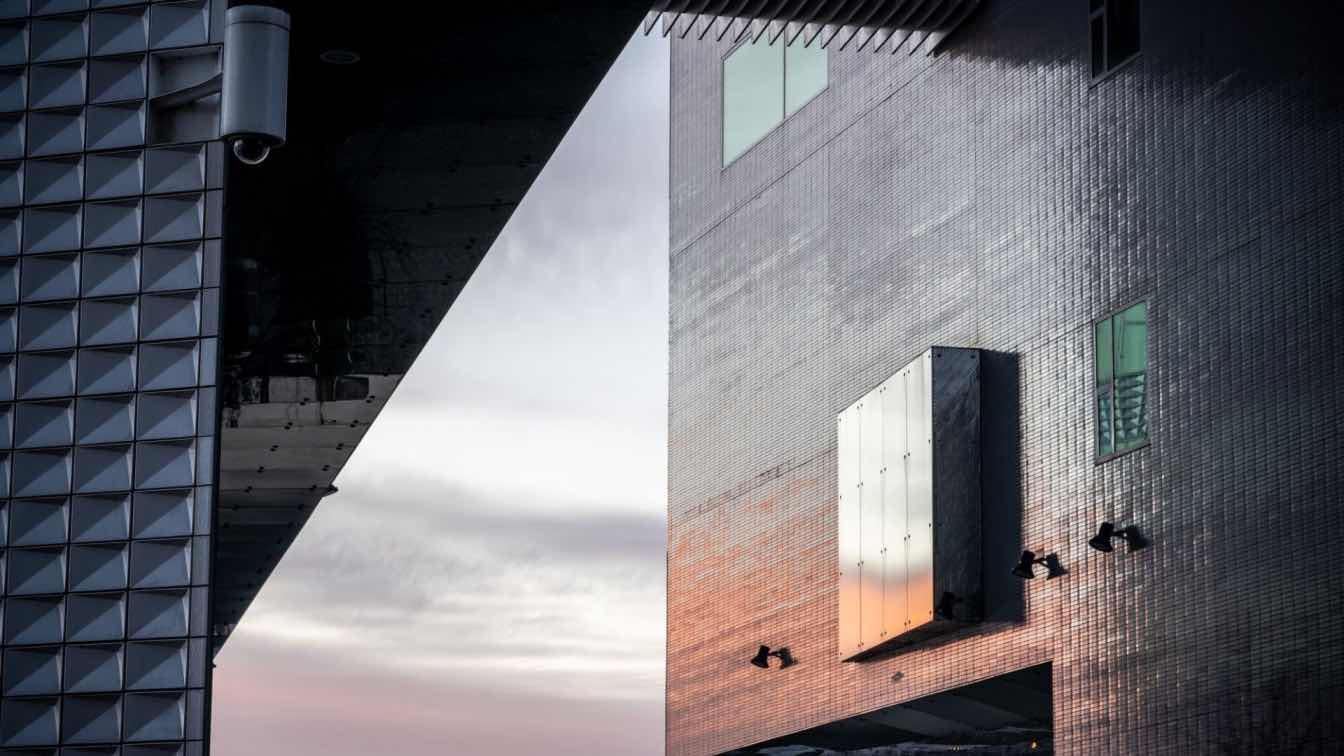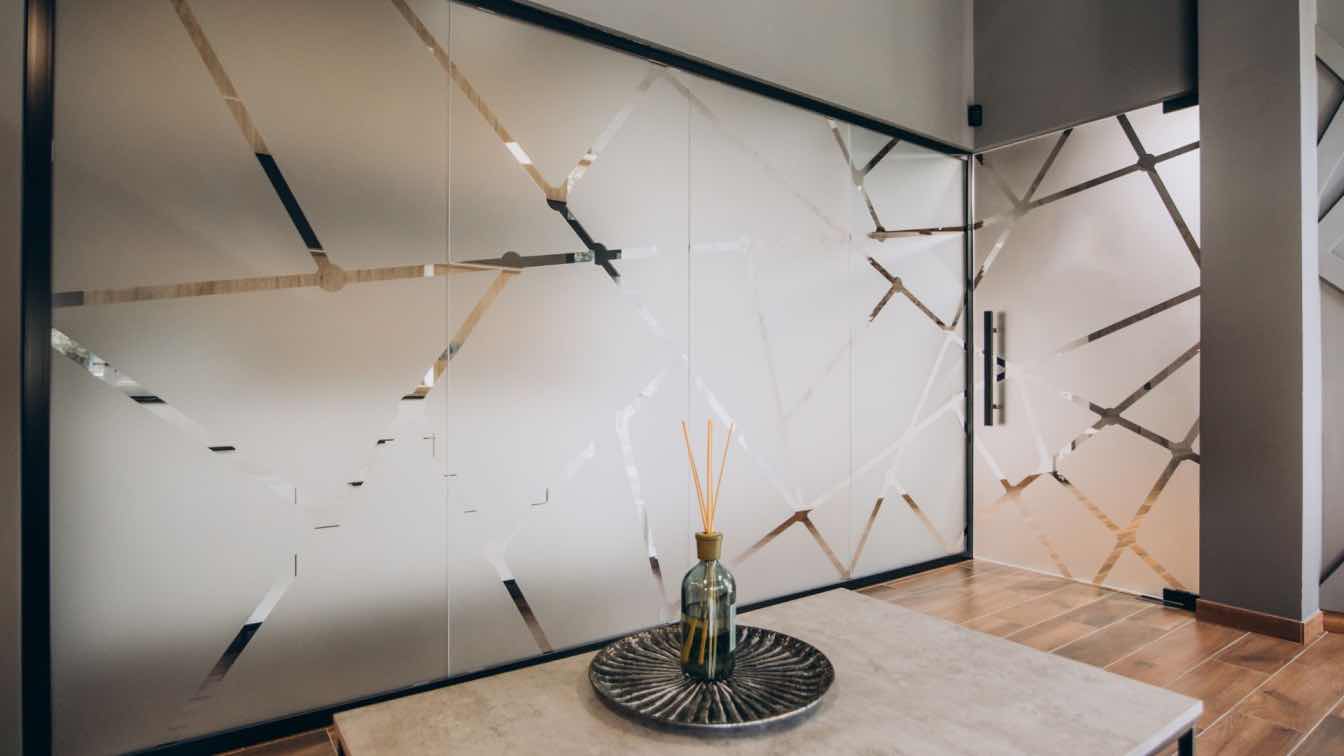Modern sporting arenas are architectural phenomena that rise to dominate the city skyline. The demand for top level sport is so great that many of the top teams around the world, have been forced to relocate, and construct a purpose-built stadium to attract more fans.
In the National Basketball Association, some teams have switched facilities, while many have simply improved their existing grounds. In each case, all of the thirty franchises in the league have recognized the need to provide better facilities for their legions of supporters.
More Than a Game
Stadiums have developed to the point where a day at a basketball game is a major experience. Naturally, every fan is here to watch the match, but there’s so much more to enjoy.
Prior to the contest on the court, fans can enjoy a meal and a drink, or they could potentially watch a movie. At some of the bigger facilities around the association, there are sports betting halls in place where individuals can consider NBA lines and other sporting markets.
Because of the costs involved in constructing new stadiums, it’s essential that they are also in use outside of matchdays. There are shopping malls available as part of the complex, while dedicated fans can also enjoy stadium tours, including trips to the locker rooms.
The new NBA stadium experience is more than just a game, but which stadiums are offering the best experiences for their fans?
An Iconic Venue
Many NBA venues are multi-sport arenas, and that’s the case with New York’s Madison Square Garden. This location has hosted some of the most memorable boxing encounters in the sport’s history and it’s a major destination for promoters today.
Wrestling and ice hockey also takes place here, while in the NBA, Madison Square Garden is home to the New York Knicks. Having first opened in 1968, MSG is a historic venue, and it’s a perfect example of how NBA arenas have had to move with the times.
There have been two major renovations in the history of this venue. In 1991, upper tier seats were removed and replaced with executive suites. Ten years later, more significant improvements underlined the demands of modern sports fans.
Between 2011 and 2013, Madison Square Garden was equipped with a larger entrance for greater capacity, new lighting and HDTV. Fans could now watch replays of the action via large screens in the arena.
New York’s Madison Square Garden is an example of how a historic stadium can be adapted to meet the needs of modern sport, but other cities have needed to construct completely new facilities.
Leading the New Boys
Many NBA teams have moved into new stadiums such as the Crypto.com Arena in Los Angeles. Previously known as the Staples Center, it was constructed in 1999 and is home to both the LA Lakers and the LA Clippers.
It’s another multi-sport location with hockey and indoor football also on the menu. The arena is a great example of how basketball venues have diversified to cater for all customers. It’s packed with restaurants and bars, and is a renowned concert venue. The Crypto.com Arena has been a regular host of the Grammy Awards, and it’s expected to host basketball at the 2028 Summer Olympics in Los Angeles.
The Best of the Rest
Many other top NBA arenas are waiting to welcome fans and tourists. The Barclays Center in Brooklyn is another relatively new venue, having opened in 2004. It offers further evidence of how locations have had to evolve in order to meet the demands of the fans.
In the NBA, the Barclays Center is home to the Brooklyn Nets, while ice hockey fans head here to get behind the New York Islanders.
Whether an NBA franchise moves location or builds a new facility, there are many considerations to take into account. Supporters watch games in different ways: Some want to be courtside, while others opt for the luxury experience in executive suites.
Giant screens relay the action while catering has to be varied and fast so that fans miss as little action as possible. Arenas have come a long way since the NBA was formed in 1946.
Interest in the NBA has grown exponentially in the last twenty years. The advent of digital platforms and the increase in live broadcasts has seen more fans tune into the sport. Millions more watch on TV, but others are keen to get down and watch a game in person.
NBA arenas have needed to adapt quickly to meet that increased demand, and they’ve done it in different ways. Some franchises have developed their existing stadiums by increasing capacity and introducing new tech, while others have moved to purpose-built facilities.
The architectural evolution of NBA arenas has been fascinating to follow, but the process continues, and it will be fascinating to see where it goes next.





